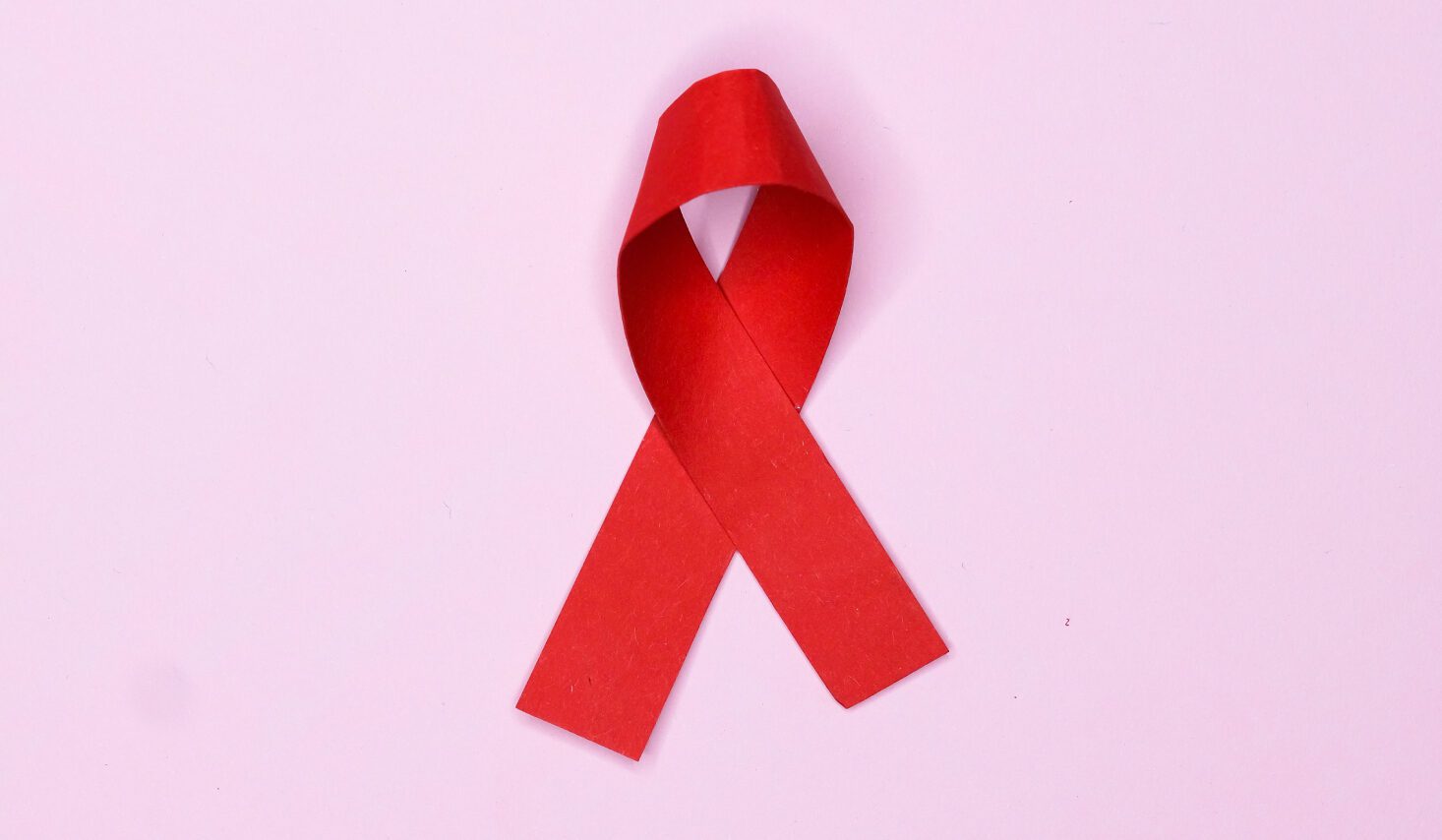
National HIV Testing Week runs from 7 to 13 February. Although this is our second National HIV Testing Week during the coronavirus pandemic, it is the first where we have any accurate data for the UK in terms of the impact coronavirus had on HIV testing. We only had statistics for 2019, before coronavirus hit the UK, as HIV and testing data is released annually around World AIDS Day (1 December) for the previous year. To clarify, the data we were using in February 2021 was released in the run up to World AIDS Day 2020, which reflected January to December 2019.
It is not an exaggeration to say that HIV campaigners, like myself, could not wait to see the statistics released on World AIDS Day 2021. When I did see the statistics my overwhelming feeling was one of relief. There had been speculation among clinicians and campaigners – would HIV diagnoses cease as people stopped having sex during lockdown, or would HIV diagnoses increase because sexual health clinics were shut and there were more barriers for some in accessing Pre-Exposure Prophylaxis, the HIV prevention drug?
The statistics showed that HIV charities and healthcare providers responded exceptionally to the coronavirus pandemic. HIV diagnoses continued their downwards trend, falling from 3,950 in 2019 to 2,630 in 2020. The number of people accessing HIV testing did fall dramatically, from approximately 1.3 million in 2019 to 900,000 in 2020, so by about 30 per cent; however, given the unprecedented national disruption, this is still an enormous amount of testing.

Some sexual health clinics remained open throughout 2020, but there was a significant shift to online/postal testing. The postal testing kits have been available since around 2015, but it is from 2020 that we really embraced them. They always had their advantages, for people living in rural areas, many miles from the nearest sexual health clinic, or who were embarrassed to visit a clinic.
In my view, the home testing kits do have their disadvantages. When I received my HIV diagnosis in 2010, it was in a clinical setting, with a nurse at hand to explain the basics around HIV to me. Receiving a positive HIV diagnosis alone in my bathroom would have been a very different experience – and regular testing at the sexual health clinic meant that I could be screened for all blood-borne viruses and sexually transmitted infections (STIs) at once. However, home testing has evolved since 2015, so that if people do receive a positive diagnosis there are enhanced instructions for how people can quickly access support services and pathways to treatment, and testing kits now test not just for HIV but also for other STIs and blood-borne viruses.
The online/postal testing is proving a huge success and many of us are testing regularly this way, rather than going in person to a sexual health clinic. It should be noted though that testing among gay and bisexual men fell by only 7 per cent, while testing among straight people dropped by around one-third. There are also variations among racially minoritised communities, so as campaigners this gives us a lot to think about in terms of how we reach those groups.
When people do test positive for HIV, there also continue to be high numbers who are diagnosed late – meaning that the HIV virus has impacted their white blood cell (or CD4) count. We need to see an expansion of HIV testing to tackle rates of late diagnosis and find those who are undiagnosed. Central to this is the expansion of opt-out HIV testing, not just in urban areas where there is a higher prevalence of HIV but also in areas of lower prevalence – if we are to end HIV transmissions by 2030 we need to find and treat everyone living with the virus.

Online/postal HIV testing is for many people now their preferred choice in terms of HIV testing. Choice is the key word here and others will still prefer visiting a sexual health clinic, with almost all clinics now open for in person testing again (although usually by appointment, with walk-in provision limited).
Whether you have been testing regularly, haven’t tested for a few years, or perhaps not tested before, this National HIV Testing Week there are more options than ever for you to get testing.
Ian Green, CEO of Terrence Higgins Trust, says:
“We’ve made incredible advancements which means that HIV testing is no longer something that should be feared. Today, if you test positive, effective treatment means you cannot pass on the virus and can expect to live as long as anyone else. Gay and bisexual men continue to be greatly impacted by HIV, therefore this National HIV Testing Week we are encouraging this group to get tested and know their status. Regular testing benefits each and every one of us. People can live with HIV for a long time without any symptoms, testing is the only way to know your status. The 2020 data shows a fall in diagnoses in gay and bisexual men, suggesting a continued year-on-year reduction in transmission in this group.
“While we welcome this, we need to see this same level of progress across the board. The other group that are most affected by HIV in the UK are Black African heterosexual people – the proportion of this group that were diagnosed late in 2020 was unacceptably high at 59 per cent. We need to see urgent action from the Government to ensure that sufficient progress is made in this community. This includes tackling HIV stigma which continues to prevent people from getting tested. The UK is aiming to end new HIV cases by 2030. Together we can get one step closer to this goal through normalising and promoting testing. HIV can affect anyone, that’s why this National HIV Testing Week we are encouraging everyone to play their part by knowing their status.”



